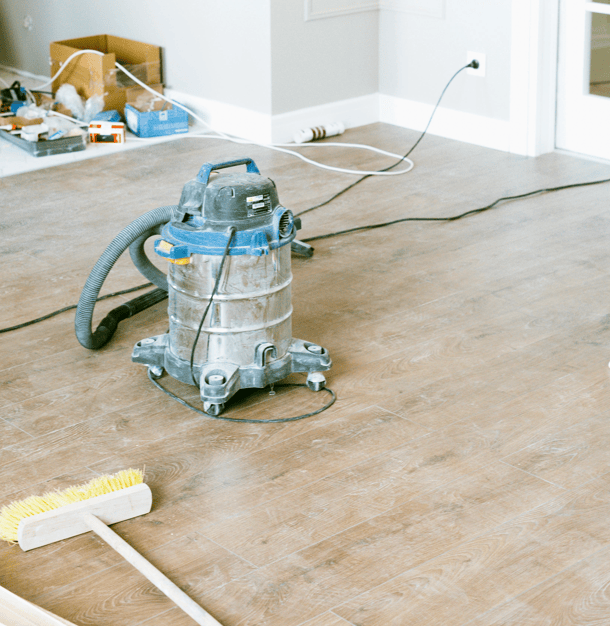A Comprehensive Guide to Post-Construction Clean-Up
Post-construction clean-up is the crucial final phase that transforms a construction site into a spotless, safe, and functional space. Whether you’re a contractor, property owner, or cleaning professional, working with an expert cleaning company can ensure that all dust, debris, and leftover materials are removed efficiently. This guide outlines the key steps, techniques, and considerations necessary to execute a thorough post-construction clean-up, helping you achieve a space ready for immediate use.
Planning Your Post-Construction Clean-Up Strategy
A well-structured clean-up plan is essential to restoring a construction site to a livable condition. The process extends beyond basic sweeping and dusting—it involves eliminating all traces of debris and potential hazards. Effective planning starts with a detailed area assessment, pinpointing specific zones that require attention. This includes identifying areas where dust and residue have settled and ensuring that the right house cleaning methods are applied. The planning phase should also cover the required cleaning supplies, estimated time for completion, and whether professional assistance is necessary for specialized tasks.
Essential Tools and Equipment for Post-Construction Cleaning
The right tools and equipment play a significant role in the success of post-construction clean-up. High-powered vacuum cleaners with HEPA filters are indispensable for eliminating fine dust particles that settle on surfaces. Heavy-duty brooms, dust mops, and industrial-strength cleaning solutions are essential for tackling stubborn dirt. Additionally, professional-grade window cleaning equipment, pressure washers, and floor scrubbers may be required, depending on the scale of the project. Standard household cleaning tools are often insufficient, making it worthwhile to invest in or rent specialized equipment for a more effective clean-up.
Systematic Cleaning Approach and Best Practices
An organized approach is key to achieving a spotless environment after construction. Starting from the highest points in the space and working downward ensures that dust and debris do not settle on already-cleaned surfaces. Ceilings, light fixtures, and upper walls should be addressed first, followed by windows, baseboards, and flooring. Corners and crevices require extra attention, as they tend to accumulate construction residue. Additionally, all surfaces must be wiped down with suitable cleaning solutions to remove any lingering dust and ensure a polished finish.
Safety Considerations During Clean-Up
Safety should always be prioritized during post-construction clean-up. Dust from construction materials can contain hazardous particles, such as silica, which can be harmful when inhaled. Personal protective equipment (PPE) like respirators, safety goggles, and heavy-duty gloves should be worn at all times. Proper ventilation is crucial to disperse airborne particles, and steps should be taken to prevent dust from spreading into already cleaned areas. It is also important to identify and handle any hazardous materials used during construction, ensuring they are disposed of according to safety guidelines.
Quality Control and Final Inspection
The last stage of post-construction clean-up involves a detailed quality check to confirm that all areas meet the required cleanliness standards. This step includes inspecting surfaces for residual dust or debris, ensuring windows and mirrors are streak-free, and verifying that construction waste has been completely removed. All fixtures should be tested to confirm they are in working order and free of dust buildup. A final walkthrough with a detailed cleaning checklist ensures no detail is overlooked. Any remaining areas requiring additional attention should be addressed immediately before the space is deemed move-in ready.
Other related posts:









